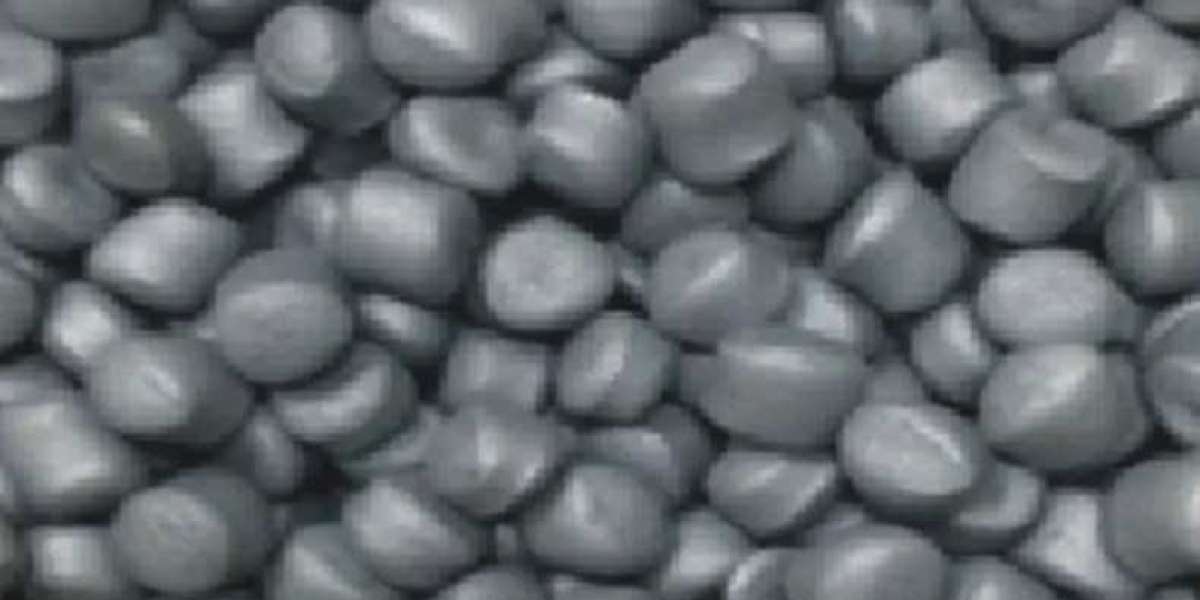Color Masterbatch is a highly specialized additive used extensively in the plastics industry to impart color to plastic products. It is a concentrated mixture of pigments or dyes dispersed in a carrier resin, typically based on polyethylene (PE) or polypropylene (PP).
The primary components of Color Masterbatch include pigments or dyes, carrier resins, additives, and dispersants. Pigments or dyes are the colorants responsible for imparting the desired hue to the plastic. Carrier resins, such as PE or PP, act as a medium to evenly disperse the pigments throughout the plastic matrix. Additives may include antioxidants, UV stabilizers, and processing aids to enhance the performance of the masterbatch and the final plastic product. Dispersants help ensure the uniform dispersion of pigments within the carrier resin, preventing agglomeration and ensuring consistent coloration.
The manufacturing process of Color Masterbatch begins with the selection and testing of pigments or dyes to achieve the desired color and performance characteristics. Once the color formulation is finalized, the pigments or dyes are mixed with the carrier resin and additives in precise proportions using high-speed mixing equipment. The mixture is then melt-compounded and pelletized to form uniform granules of Color Masterbatch.
Consistent color quality in plastic products is ensured through stringent quality control measures throughout the manufacturing process. Quality checks are conducted at each stage, from raw material selection to final product testing. Advanced color matching technologies are employed to verify color accuracy and consistency. Additionally, strict process controls and standardized procedures help minimize variations and ensure batch-to-batch uniformity in coloration.
Color Masterbatch finds widespread applications across various industries, including packaging, automotive, electronics, and consumer goods. Its versatility, ease of use, and ability to achieve vibrant and customized colors make it an indispensable tool for plastic manufacturers seeking to enhance the aesthetic appeal of their products. With its consistent color quality, cost-effectiveness, and ease of integration into existing production processes, Color Masterbatch continues to be a preferred choice for achieving vibrant and durable coloration in plastic products.








